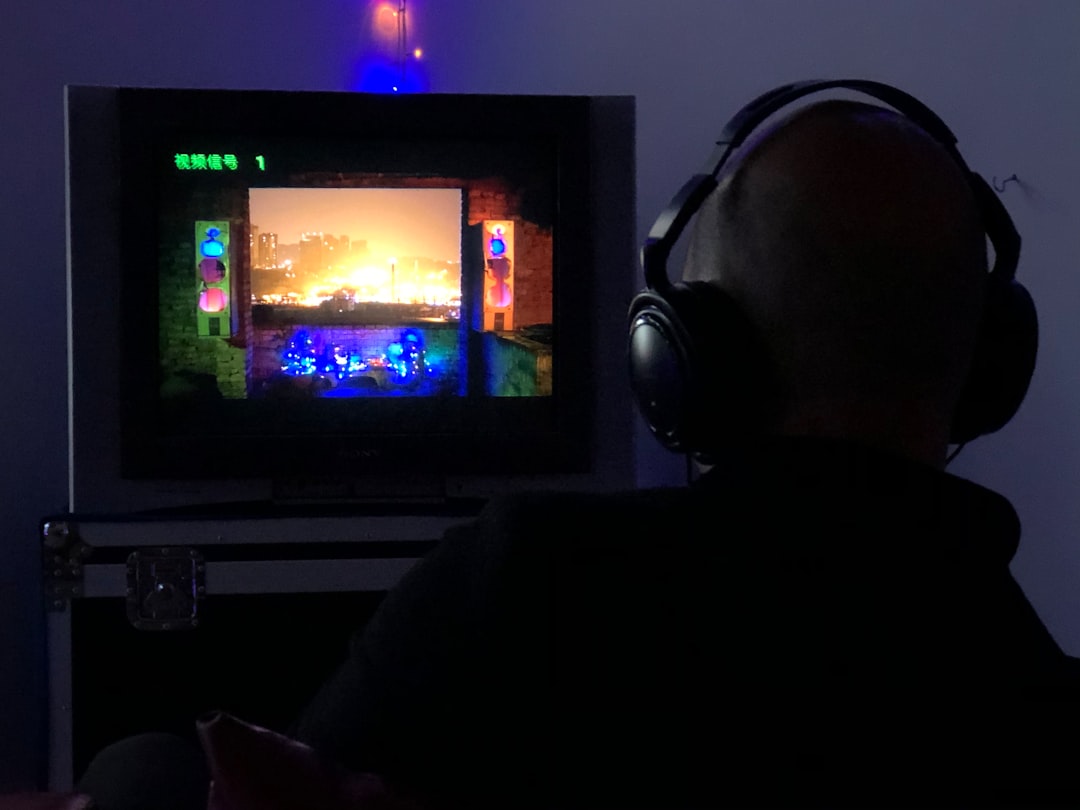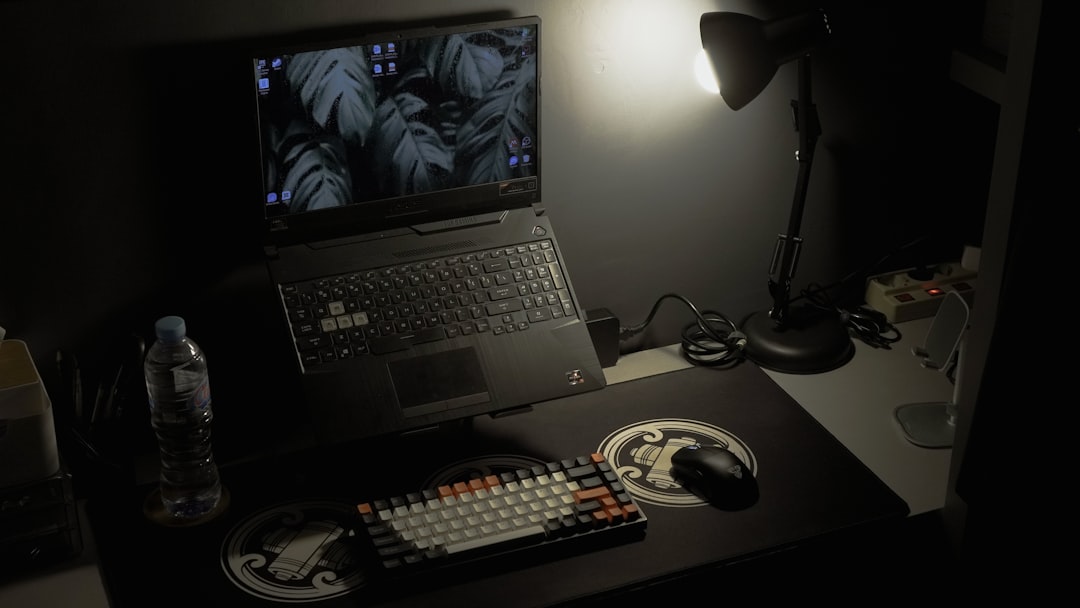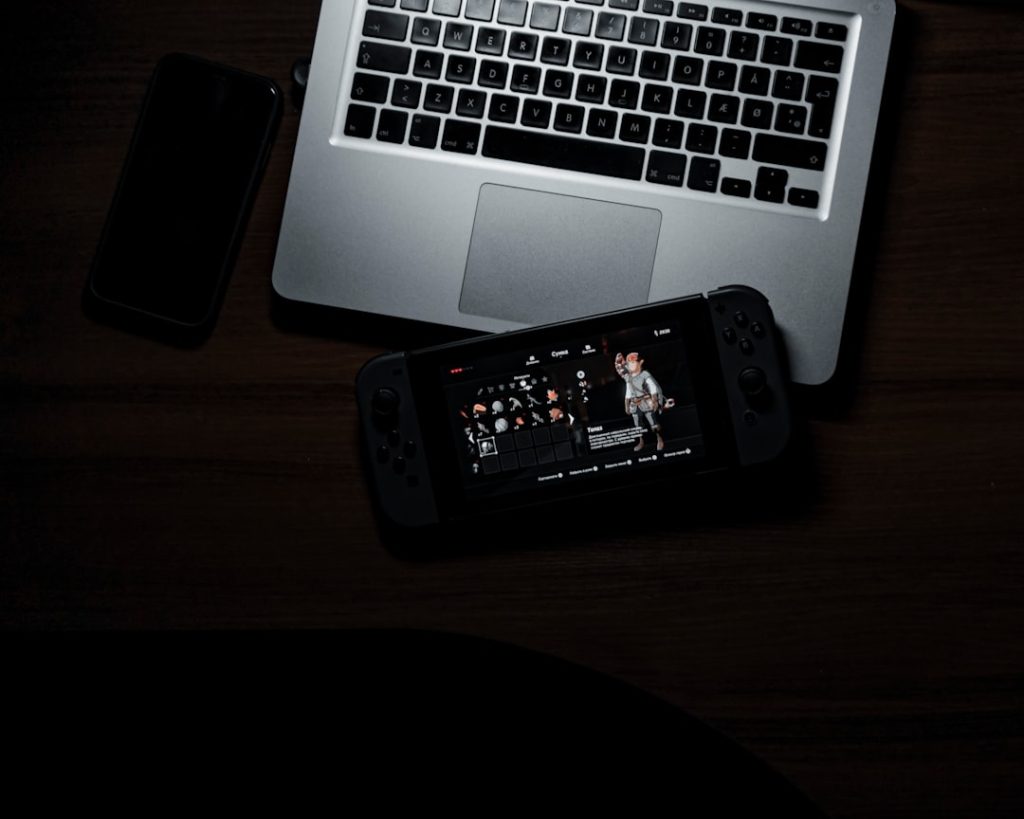Is your Twitch stream sounding too quiet? Don’t worry—you’re not alone. Viewers want clear and punchy audio, and if your stream is a whisper in a sea of shouty content, people might scroll past. Let’s fix that and make your stream LOUDER and more awesome!
TL;DR
If your Twitch stream is too quiet, you need to adjust your microphone settings, desktop audio, and OBS levels. Use filters like gain and compressor to help boost your sound without making it messy. Check your game audio—it might be overpowering your voice. Test everything before going live to avoid surprises!
🎧 Why Loudness Matters
You can have the best gameplay or jokes in the world, but if no one can hear you, it doesn’t matter. Audio is just as important as video—sometimes even more. A loud, clear stream shows experience, effort, and makes people stick around.
🔍 Step-by-Step: Making Your Stream Louder
1. Check Your Mic Input Levels
Start with the basics. If your voice sounds too quiet, maybe your mic input is low.
- Go to your audio settings in your operating system.
- Find your microphone and increase the input level.
- Speak into the mic while watching the sliders—make sure you’re not maxing out (peaking) into the red zone.
Still too quiet? Let’s move on to OBS.
2. Tweak OBS Settings
OBS Studio is super powerful, but only if you use it right.
- Open OBS and look at the Audio Mixer panel.
- Find your Mic/Aux channel. Is it bouncing? Good!
- If it’s too low, click the gear icon and go to Advanced Audio Properties.
- Set the volume meter to peak around -5 to -10 dB when you’re talking.
If it’s still quiet, you can add a Gain Filter to boost it:
- Right-click your mic in the Audio Mixer.
- Select Filters > + > Gain.
- Increase the gain little by little. Don’t overdo it!
3. Add a Compressor (It’s Your Audio Buddy)
Now that your sound’s louder, you don’t want spikes. That’s where a compressor comes in. It keeps loud sounds in check and quiet ones louder. Think of it as a loudness manager.
- Go back to the Filters window.
- Click the + button and add a Compressor.
- Set the Threshold to about -18 dB.
- Ratio can be around 3:1 to start.
- Play with it. Try talking at different volumes to see how it handles your voice.
Pro tip: Use a Noise Gate too! It’ll block out background noise when you’re not talking.
4. Boost Desktop and Game Audio (But Not Too Much)
Your viewers want to hear the game too. But game sound can drown your voice if it’s too loud.
- Adjust the Desktop Audio level in OBS.
- Keep it just below your voice level, like -10 to -15 dB when something happens.
- Some games are naturally louder—test them one by one.

5. Use an Audio Interface or USB Mixer
If you want to go next level, get some gear. An audio interface or mixer gives you physical control over audio levels without needing to click around.
- Hook up a mic to the interface.
- Adjust gain knobs in real time.
- Most have better preamps than your PC—cleaner sound and louder too.
6. Don’t Forget Monitoring
You won’t know how loud your stream is unless you hear it. So, always monitor!
- In OBS, go to Advanced Audio Properties.
- Set Audio Monitoring to “Monitor and Output” for your mic.
- Plug in headphones and listen—if you sound tiny, so will your stream.
7. Watch Out for Audio Ducking
Some apps (like Discord or Spotify) will lower your game’s audio or mic volume automatically when active. Disable ducking features to keep your audio consistent.
8. Check Twitch Settings
Twitch itself doesn’t lower volume, but stream previews sometimes do. Use the Twitch inspector or record test clips to check sound after encoding.
If you’re still not sure, ask your viewers! They’ll tell you if things sound weird.

🧪 Test, Test, Test!
Every stream is different. Talk a bit, play some music, launch a game, have alerts go off—test it all out. Watch your VOD afterward too.
You can even privately stream to a second Twitch account or run test recordings in OBS.
🛠 Bonus Tips For Extra Loudness
Want even more punch? Try these:
- Equalizer (EQ): Pull up vocal frequencies around 120-300 Hz and reduce muddy ones around 400-800 Hz.
- Loudness Plugin: Tools like ReaPlugs or Voicemeeter can give you finer control.
- Noise Reduction: Use RNNoise in OBS for cleaner sound without losing volume.
💡 Final Thoughts
A louder stream doesn’t mean shouting into your mic. It means balanced, clear sound that feels professional.
Start with input levels, move on to filters, and always listen back. Your stream should sound like YOU—and now, louder and prouder!


